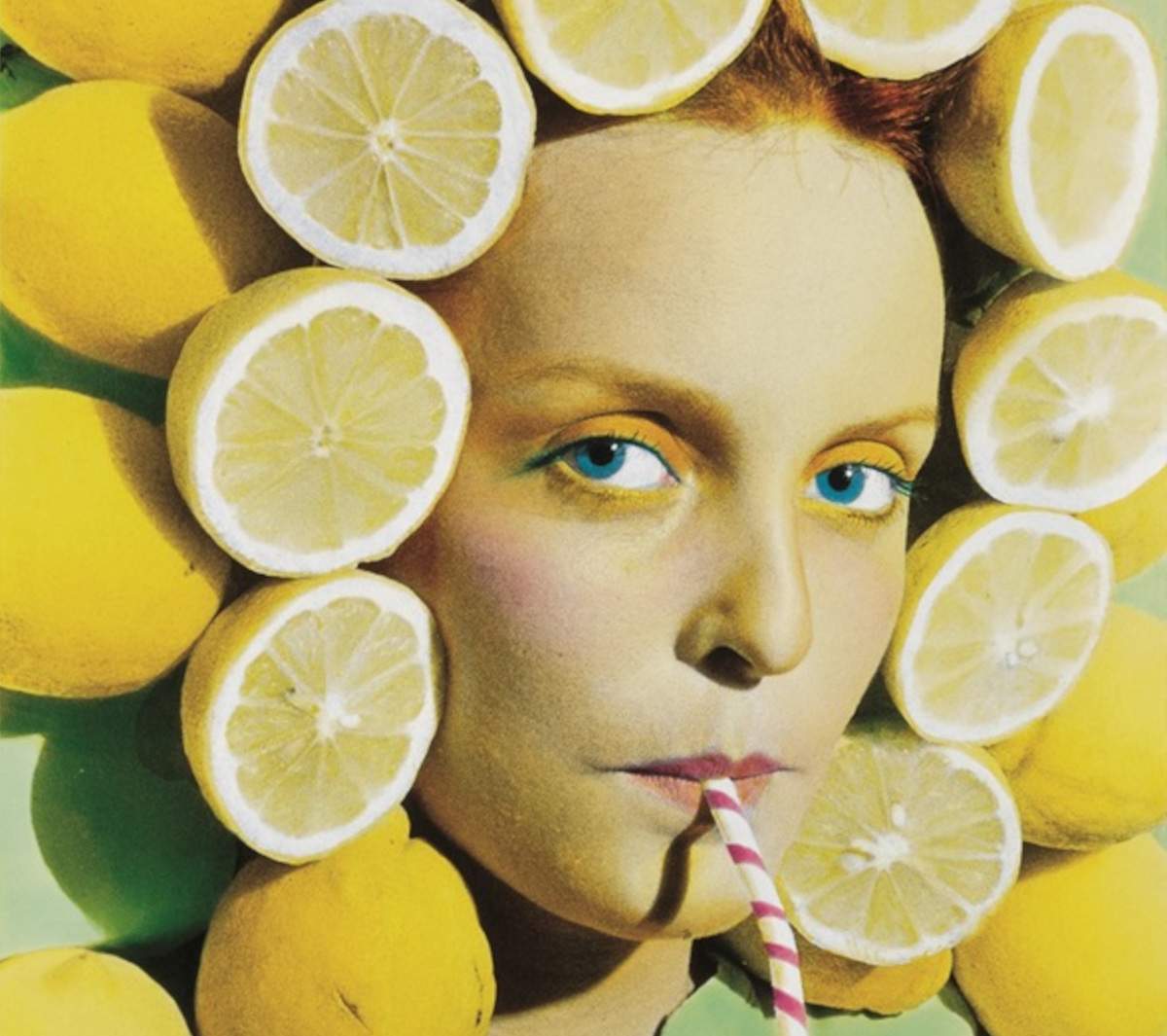Trastevere traces the long career of Ouka Leele, Spanish photographer of Madrid nightlife
The Museo di Roma in Trastevere is hosting until July 7, 2024 the exhibition Una movida Bárbara. Photographs by Ouka Leele, curated by María Rosenfeldt (Ouka Leele’s daughter) and Silvia Oviaño, which aims to retrace the long career, from 1978 to 2014, of Ouka Leele (Madrid, 1957 - 2022), winner of the National Photography Award in 2005, starting from the photographs with which she set up her first exhibition in Madrid, Peluquería, to the last series realized in Asturias in 2014, A donde la luz me lleve. The exhibition, designed with the aim of continuing the review of Spanish photographers active in the movida madrileña of the 1980s, presents about one hundred works of different sizes, formats and techniques (some of them original), complemented by documentary material, proofs, catalogs, posters and merchandising material produced with his images. Also featured is Menina Liberada, the only work by a female photographer permanently exhibited at the Prado Museum and represents a panoramic look at the career of an artist, as prolific as she is unclassifiable, who from a very young age has been an essential resource in contemporary Spanish art and who has contributed to placing photography among the languages of modernity.
In March 1980, small yellow stickers appeared in the center of Madrid announcing the arrival of a special exhibition, “Finally in Madrid the photographs of Ouka Lele, from March 6 to 29 at Galería Redor.” It was the first time that Bárbara Allende, who would later change her artistic name to Ouka Leele, exhibited her work in the Spanish capital. Virtually unknown in the city, with only one exhibition in Barcelona behind her, she presented herself as the most anticipated artist of the moment. In 1987 the Museum of Contemporary Art organized her first retrospective. His work aroused great interest in a public eager for anything that represented a break with the artistic codes of a country emerging from four decades of dictatorship.
Throughout her career, Ouka Leele has retained the same naiveté, freshness and ability to provoke that characterized her first exhibition in Madrid, where she showed up wearing a piglet on her head. Although she is known as the photographer of the Movida and was always surrounded by artists of the time such as Ceseepe, El Hortelano and Alberto García-Alíx, her style stood out from other contemporary visions.
Passionate about painting, Ouka Leele became famous for her use of black and white photography, which she illuminated with a wide variety of colors, sometimes intense, sometimes more muted. With this technique, she combined her skills as a painter and photographer, helping to elevate photography, still considered a minor art in Spain, to the level of the great paintings she so admired at the Prado Museum. Ouka Leele created what she called the “domestic mystique,” turning everyday objects, such as an iron or a razor, into the very heart of her works. Her distinctive style was characterized by the staging of her works and the creative freedom with which she approached each project, whether it was a series of floral paintings, photographic portraits, murals, book illustrations or institutional posters. In 2005 he received the National Photography Award, and in his later years he devoted himself mainly to painting.
The exhibition is sponsored by Roma Capitale, Assessorato alla Cultura - Sovrintendenza Capitolina ai Beni Culturali and organized by the Cultural Office of the Embassy of Spain and Carvan.
Hours: Tuesday through Sunday from 10 a.m. to 8 p.m. Closed Mondays.
 |
| Trastevere traces the long career of Ouka Leele, Spanish photographer of Madrid nightlife |
Warning: the translation into English of the original Italian article was created using automatic tools. We undertake to review all articles, but we do not guarantee the total absence of inaccuracies in the translation due to the program. You can find the original by clicking on the ITA button. If you find any mistake,please contact us.




























